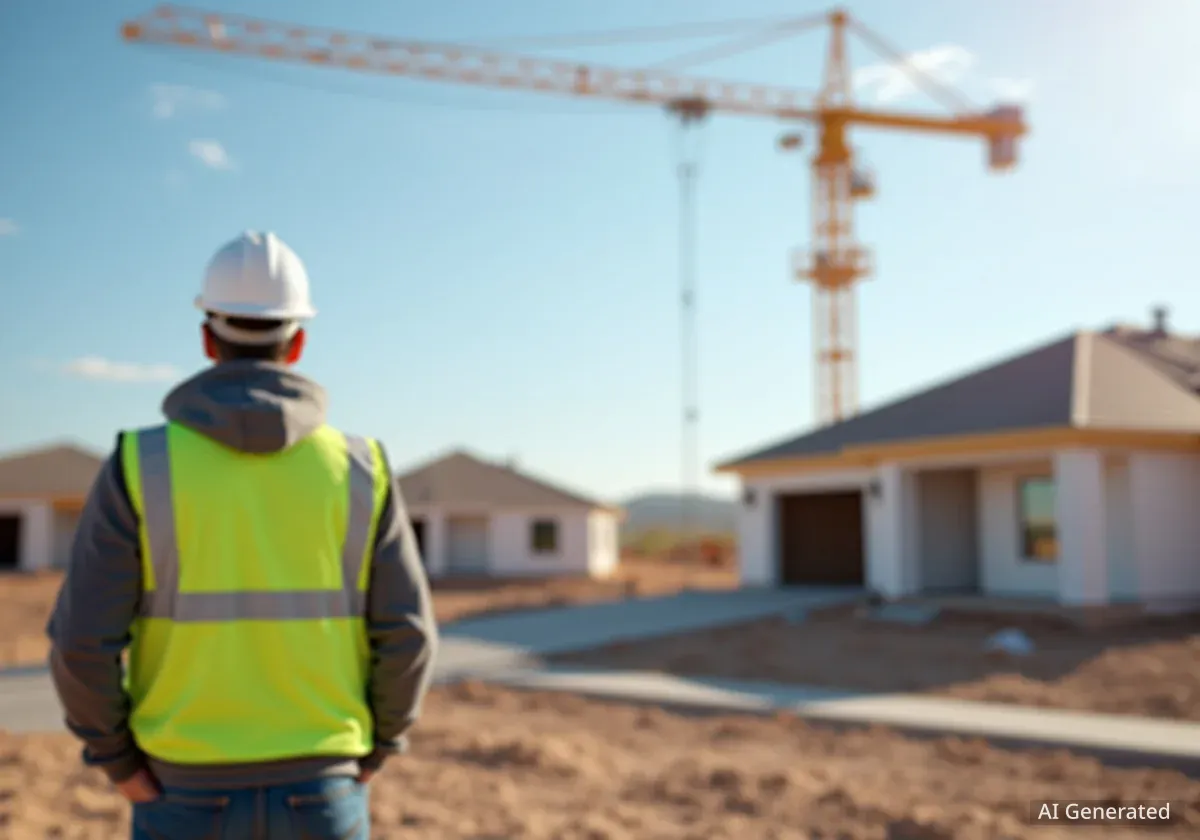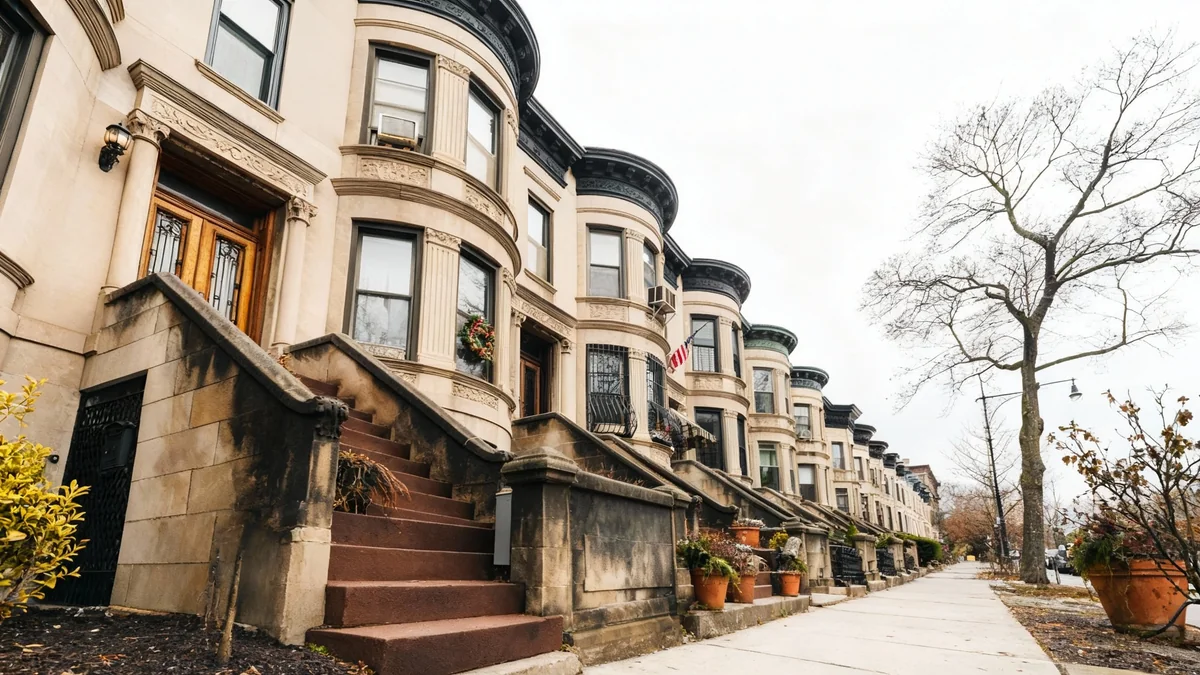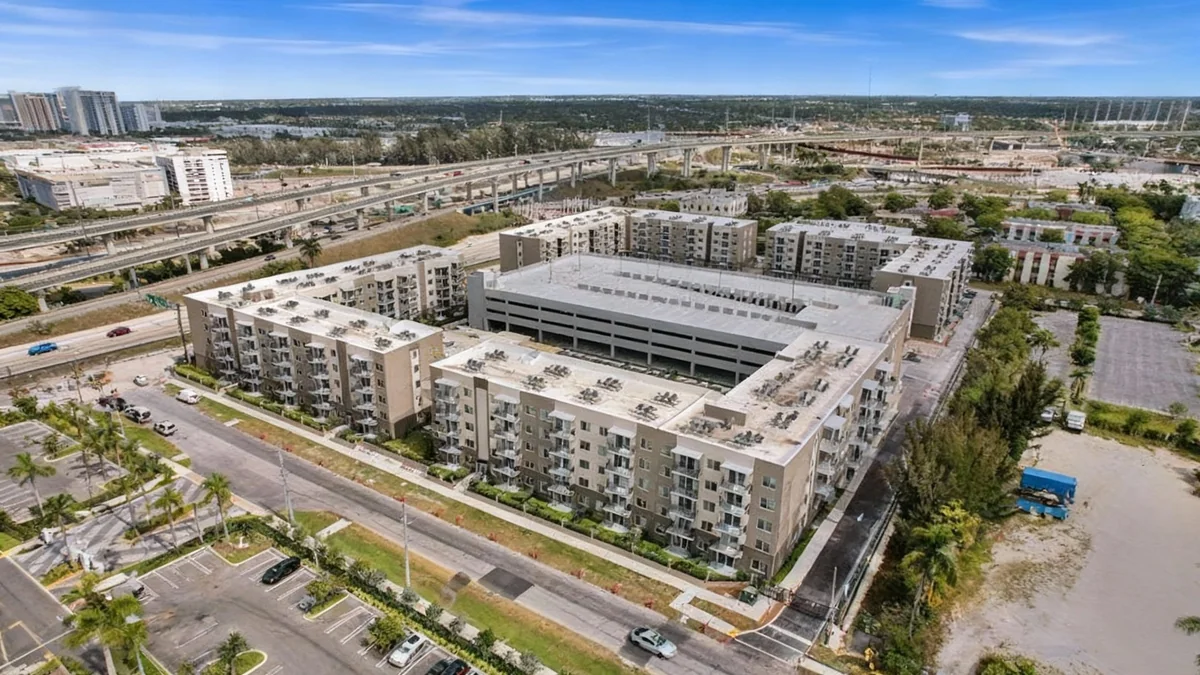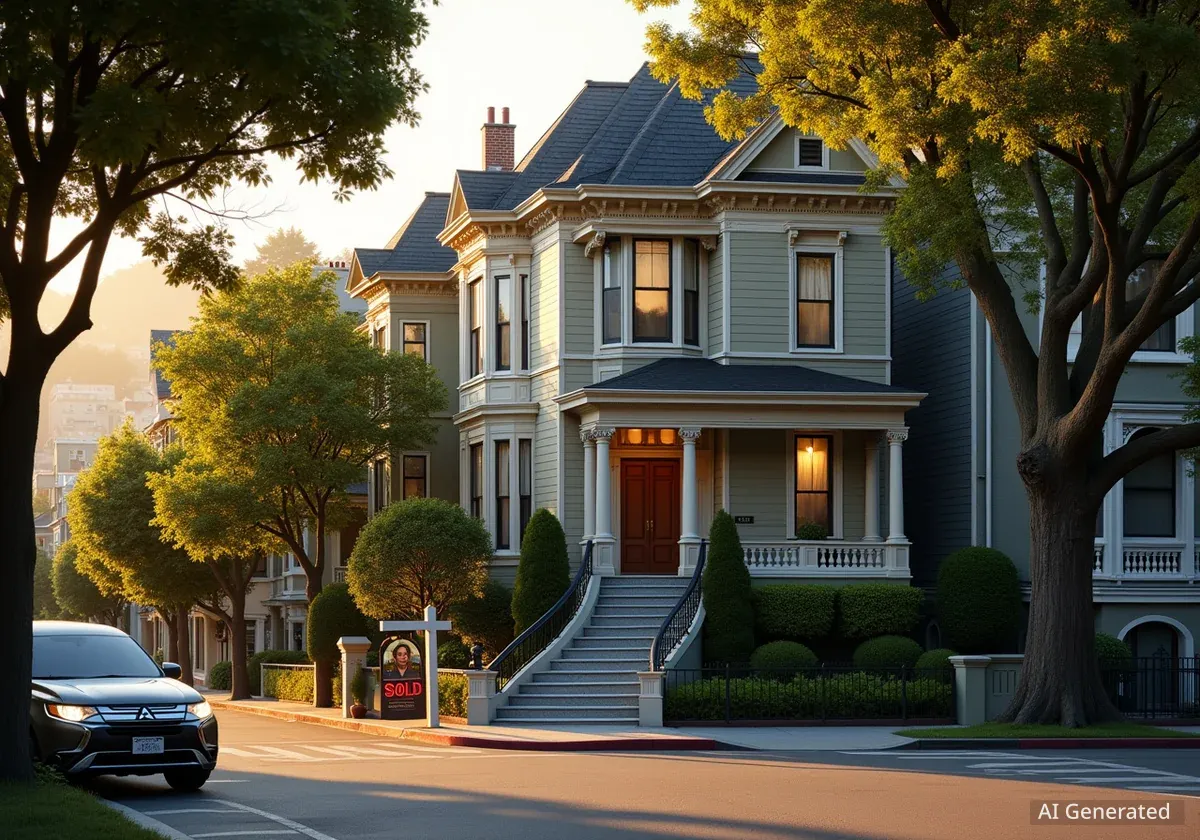A new report from the National Association of Home Builders (NAHB) highlights the significant economic benefits of residential construction in New Mexico, a state facing a severe housing shortage. According to the data, building just 100 single-family homes generates nearly 450 jobs and over $36 million in local income in the first year alone, framing the housing crisis not just as a social issue but as a major economic opportunity.
The findings come as cities like Santa Fe grapple with a deficit of thousands of homes, particularly for essential workers. Local industry leaders are now using this data to advocate for treating housing development as a key investment in the state's prosperity, similar to how commercial or industrial projects are supported.
Key Takeaways
- A National Association of Home Builders report details the economic impact of home construction in New Mexico.
- Building 100 single-family homes creates 447 jobs and $36.1 million in local income in the first year.
- New Mexico has a housing deficit estimated between 32,000 and 90,000 units.
- Santa Fe alone needs over 5,000 new housing units, with a focus on workforce housing for teachers, police, and service industry employees.
- Advocates argue that housing development should be treated as a primary economic driver, not just a cost.
New Mexico's Deepening Housing Deficit
New Mexico is currently experiencing a significant housing shortage that affects communities across the state. According to recent estimates, the state needs anywhere from 32,000 to 90,000 additional housing units to meet current demand. This gap between supply and demand has driven up costs and created affordability challenges for residents.
The city of Santa Fe is a focal point of this crisis. Experts estimate the city has a housing deficiency of more than 5,000 units. When the surrounding Santa Fe County is included, that number doubles, reflecting a widespread regional problem that impacts economic stability and growth.
The Workforce Housing Gap
A major component of the shortage is the lack of workforce housing. This category includes homes affordable for individuals in essential professions such as teachers, government employees, and public safety officers. These workers often earn too much to qualify for subsidized affordable housing programs but not enough to purchase homes at current market rates in cities like Santa Fe, where starter homes can approach one million dollars.
The issue has become a central topic in local politics. At a recent Santa Fe Chamber of Commerce Mayoral Forum, every candidate identified the need for more housing as a top priority. They linked the housing shortage to other pressing challenges, including crime rates, economic development, and workforce retention for the vital tourism sector.
The Economic Engine of Home Construction
While the social need for housing is clear, a recent report by the National Association of Home Builders (NAHB) titled "The Economic Impact of Home Building in New Mexico" shifts the focus to the direct economic benefits of construction. The report provides a detailed breakdown of the jobs, income, and tax revenue generated by new residential projects.
The data reveals that housing construction is a powerful economic multiplier. It stimulates local economies not just during the building phase but for years afterward as new residents contribute to the community.
Impact of 100 Single-Family Homes in New Mexico
- First-Year Impact: $36.1 million in income for local residents, 447 jobs, and $6 million in state and local tax revenue.
- Recurring Annual Impact: $5.7 million in ongoing income, 84 permanent jobs, and $2.3 million in recurring tax revenue from residents.
Multifamily Construction Adds to Growth
The economic benefits are not limited to single-family homes. The construction of multifamily units, such as apartments and condominiums, also provides a substantial boost. According to the NAHB report, building 100 multifamily units generates 175 jobs in the first year and contributes $2.7 million in initial revenue for local governments.
This data illustrates that both types of housing development create a ripple effect, supporting jobs in construction, manufacturing, and professional services while expanding the local tax base.
A Shift in Perspective: Housing as Investment
Armed with this economic data, housing advocates are urging a change in how public officials approach residential development. Miles Conway, CEO of the New Mexico Home Builders Association, has emphasized that housing should be viewed as an investment in economic prosperity rather than a cost to be managed.
"It’s time to treat housing not as a cost, but as an investment in New Mexico’s prosperity," Conway stated, highlighting the findings of the NAHB report. "Every home we build also supports jobs, generates income and strengthens local government revenue."
This perspective suggests that government support for housing should mirror the incentives often provided for commercial and industrial projects. Proponents argue that local and state governments are accustomed to offering tax incentives, infrastructure funding, and other financial support to attract businesses. They believe a similar approach to housing would unlock significant economic potential.
This strategy involves addressing regulatory hurdles, updating zoning laws, and investing in the necessary infrastructure like water, sewer, and roads to make new housing projects financially viable for developers.
The Path Forward for Santa Fe and New Mexico
The housing crisis in Santa Fe and across New Mexico presents a complex challenge, but one that local leaders and industry experts see as solvable. The consensus is that a multi-faceted approach is needed, combining regulatory reform with strategic public investment.
The conversation is no longer just about affordability; it is about economic strategy. By recognizing that "homes are where jobs go to sleep at night," as Conway puts it, the state can reframe its approach. The potential for job creation and increased tax revenue provides a strong incentive for officials to facilitate the construction of thousands of needed homes.
New Mexico's advantages, including available land and a skilled community of builders, position it to address the housing deficit effectively. The key, according to industry leaders, is for policymakers to embrace housing construction as a foundational element of the state's long-term economic development plan.





